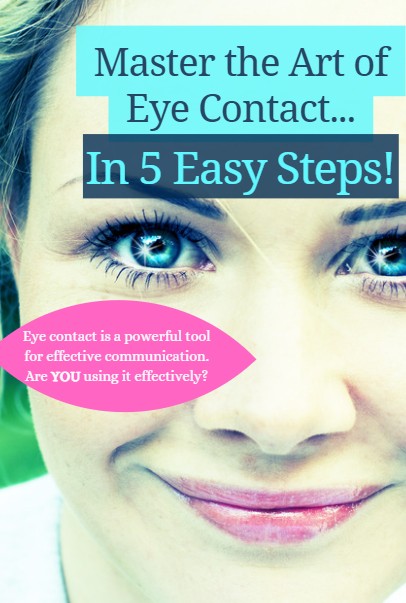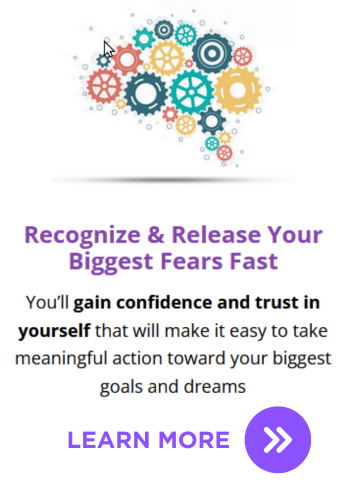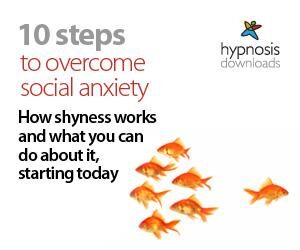Eye contact is a powerful tool for effective communication. Are you using it effectively?
Eye contact is an important aspect of effective communication. It is a form of nonverbal communication that can convey many messages, such as interest, attention, emotion, respect, and credibility. Eye contact can also help to regulate the flow of conversation, signal when someone wants to speak or end the conversation, and provide feedback to the speaker.
However, eye contact is not always easy to maintain or use appropriately. Different cultures and situations may have different norms and expectations for eye contact. For example, some cultures may view direct eye contact as a sign of respect and honesty, while others may see it as rude or aggressive. Similarly, some situations may require more or less eye contact depending on the context and the relationship between the communicators. For example, a job interview may require more eye contact than a casual conversation with a friend.
Here are some tips on how to maintain and use eye contact effectively in various social settings:
- Be aware of your own eye contact habits and preferences. Do you tend to look away or stare too much? Do you feel comfortable or uncomfortable with eye contact? How do you react when someone makes or breaks eye contact with you? Knowing your own style and tendencies can help you adjust your eye contact to suit different situations and people.
- Observe the eye contact behavior of others. How much eye contact do they make? How do they use eye contact to communicate different messages? How do they respond to your eye contact? Paying attention to the eye contact cues of others can help you understand their feelings, intentions, and expectations. It can also help you adapt your eye contact to match theirs or to create rapport with them.
- Use the 50/70 rule. This is a general guideline that suggests making eye contact for about 50% of the time when you are speaking and 70% of the time when you are listening. This can help you balance between showing interest and respect, and avoiding staring or being distracted. However, this rule is not fixed and may vary depending on the situation and the person you are talking to. You may need to adjust your eye contact accordingly.
- Break eye contact naturally. When you need to break eye contact, do it smoothly and gradually. Don’t abruptly look away or down, as this may signal disinterest, boredom, or dishonesty. Instead, use a brief pause, a nod, a smile, or a gesture to indicate that you are still engaged in the conversation. You can also look at other parts of the person’s face, such as their nose, mouth, or ears, to maintain some level of connection.
- Avoid common eye contact mistakes. Some examples of eye contact mistakes are: blinking too much or too little, which may indicate nervousness or lack of confidence; looking around or at your phone, which may indicate distraction or disrespect; rolling your eyes, which may indicate contempt or annoyance; squinting your eyes, which may indicate suspicion or confusion; widening your eyes, which may indicate surprise or fear; staring intensely, which may indicate aggression or dominance; avoiding eye contact altogether, which may indicate shyness or guilt. Try to avoid these mistakes and use eye contact in a positive and appropriate way.
Eye contact is a powerful tool for effective communication. By following these tips, you can improve your eye contact skills and enhance your interactions with others.







